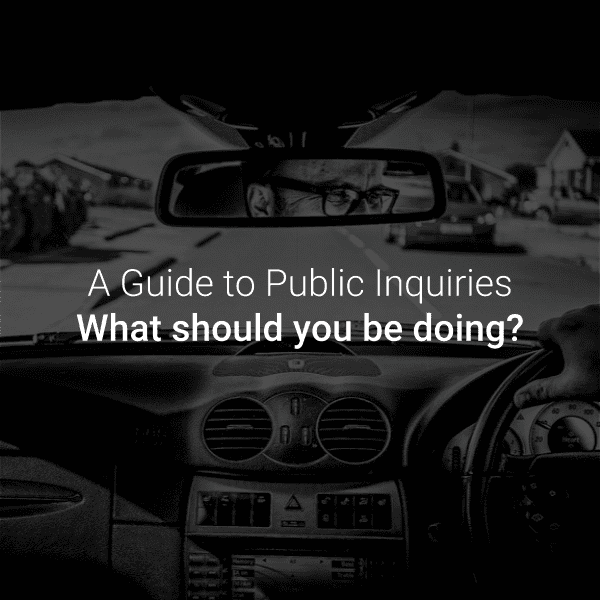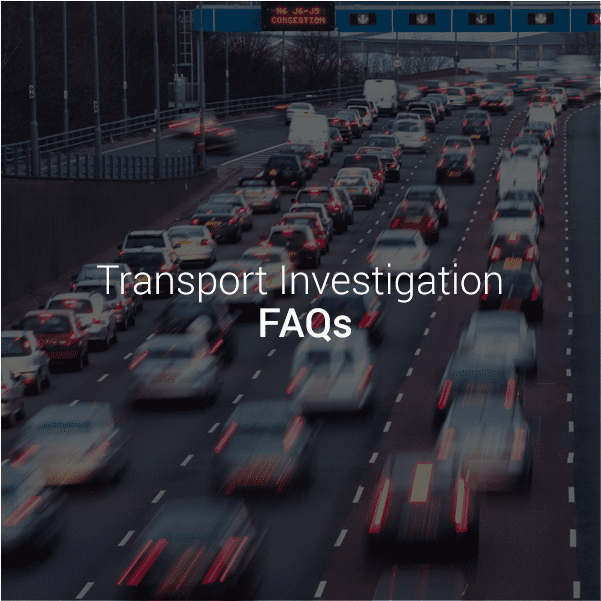Driving in Winter – Seasonal Advice for Drivers
The Highways Agency has issued its annual advice for motorists concerning driving in winter.
This year the advice comes in two parts:
- Be prepared — is your vehicle ready for winter? and
- Be informed — have you checked the latest traffic and weather?
Be Prepared
Be prepared sets out advice concerning the steps you should take to reduce the chances of breaking down and minimising the risk to yourself from driving in winter a car that is inadequate for the road conditions. That advice includes:
- making sure that your vehicle is in good running order before you set out and consider regular servicing to help minimise the risk;
- ensuring that your vehicle is ready for winter using the “POWDERY” checklist as a good reminder:
- PETROL (or diesel). Have you got enough? Do you know where to fill up?
- OIL – check levels once a month,
- WATER – check radiator and screenwash regularly,
- DAMAGE – check wipers, lights etc for signs of wear and tear or damage, and make sure windscreens, windows and lights are clear of ice and snow,
- ELECTRICS – check lights, indicators and controls are working properly,
- RUBBER TYRES – are they well inflated, legal, with good tread and free from damage?
- YOU – are you fit to drive? Have you slept well? Are you taking any medication(s) that could make it unsafe for you to drive?
- if you are planning to travel with pets, ensuring they are safe and secure, and will not be a distraction to the driver or people travelling in your vehicle.
In addition the guidance advises that you should gather an emergency kit that you take with you when you are driving in winter and which should include:
- Ice scraper and de-icer;
- Warm clothes and blankets — for you and all passengers;
- Torch and spare batteries – or a wind-up torch;
- Boots;
- First aid kit;
- Jump leads;
- A shovel;
- Road atlas; and
- Sunglasses (the glare off snow can be dazzling).
Just in case you get stranded or you cannot get home, you might also like to take food and a thermos with a hot drink and any medication you, or other people travelling with you, need to take regularly.
Finally, be alert when you travel since road and weather conditions may change, and always pay attention to the changing road, traffic and weather conditions. Be ready to slow down and take more care if you need to, particularly on bends and exposed roads. Don’t be lulled into a false sense of security — even if you drive every day on the same stretch of road.
Be Informed
The advice states that in severe and wintry weather it’s even more important to plan your journey and simply spending a few minutes checking before you set off can make all the difference to your journey.
The kind of things you should check include:
- Traffic – including Highways Agency website, Highways Agency Information Points (HAIPs), Twitter @winterhighways and Highways Agency information line (HAIL) -0300 123 5000;
- Before you set off – check whether the roads you are planning to use are flowing freely;
- While on the move – check overhead signs which will flash up important travel messages, including warning you of delays and advising of alternative routes;
- When you take a break from your journey – check the traffic conditions on the road ahead using the Highways Agency iPhone App.
The advice goes on to say that you should:
- stick to the main roads where you can and avoid exposed routes;
- drive with care and respect the road conditions wherever you drive;
- remember that not every road can be treated and that you will need to take even more care driving on minor roads;
- bear in mind that even if the time and location of snowfall is perfectly forecast, it will still take time to clear the snow after it has fallen and to treat the road with salt to reduce the risk of ice;
- it is not just the salt treatment that helps cut through snow and ice – it is also the steady flow of traffic too;
- bear in mind that snow ploughs can’t get through if the road or motorway is full of stationary traffic, so give our vehicles and crew the space they need to do their job;
- steep hills and exposed roads are also likely to present more challenging driving conditions, so if you could avoid these it might make your journey easier.
If you require additional information then either go to the Highways Agency website (www.highways.gov.uk/) – particular the seasonal advice page (www.highways.gov.uk/traffic-information/seasonal-advice/), the AA’s Traffic News web site (www.theaa.com/traffic-news/index.jsp), the BBC Travel News web site (www.bbc.co.uk/travelnews/motorways) or in Scotland the Traffic Scotland web site (trafficscotland.org/weather/list.aspx)



